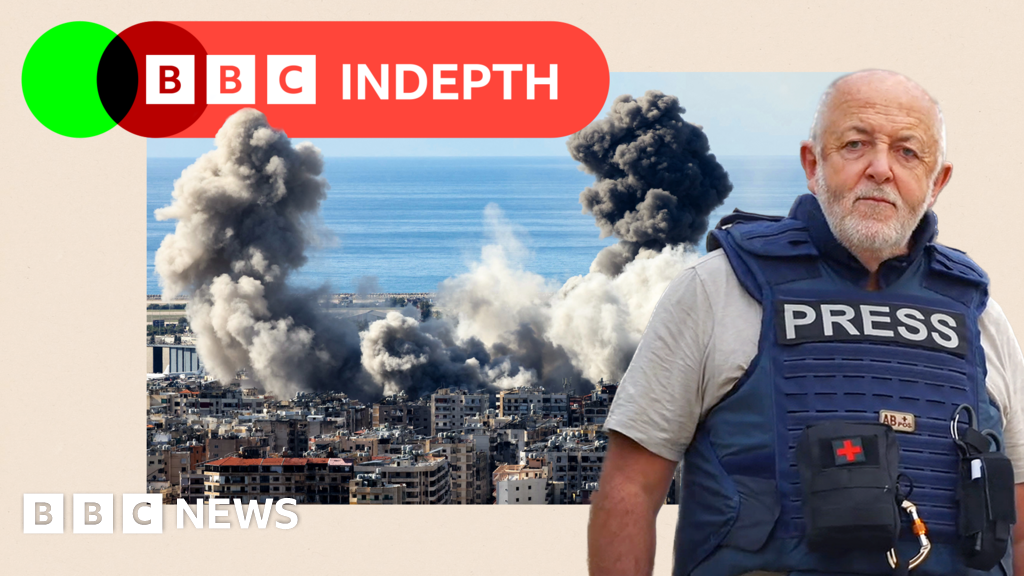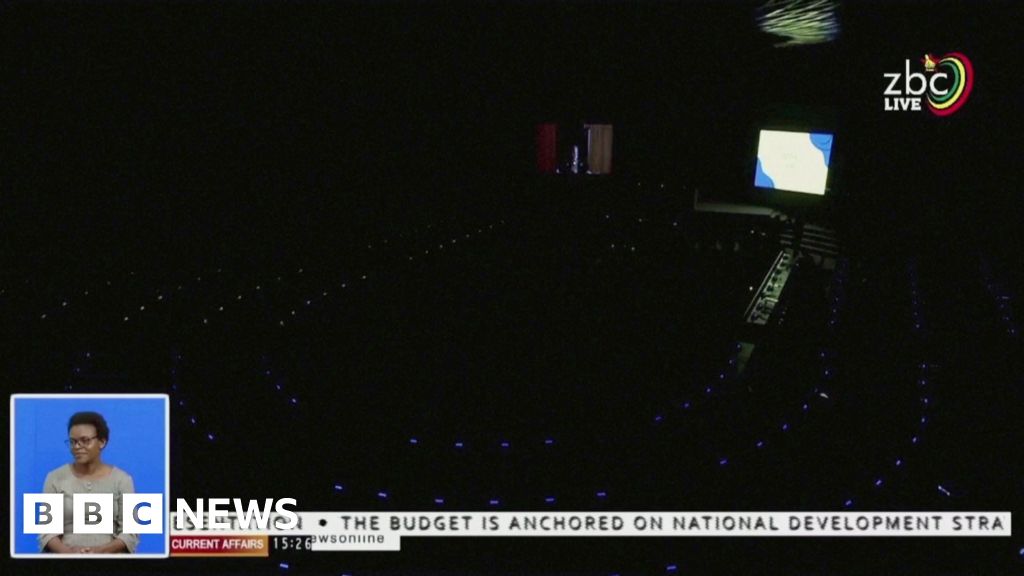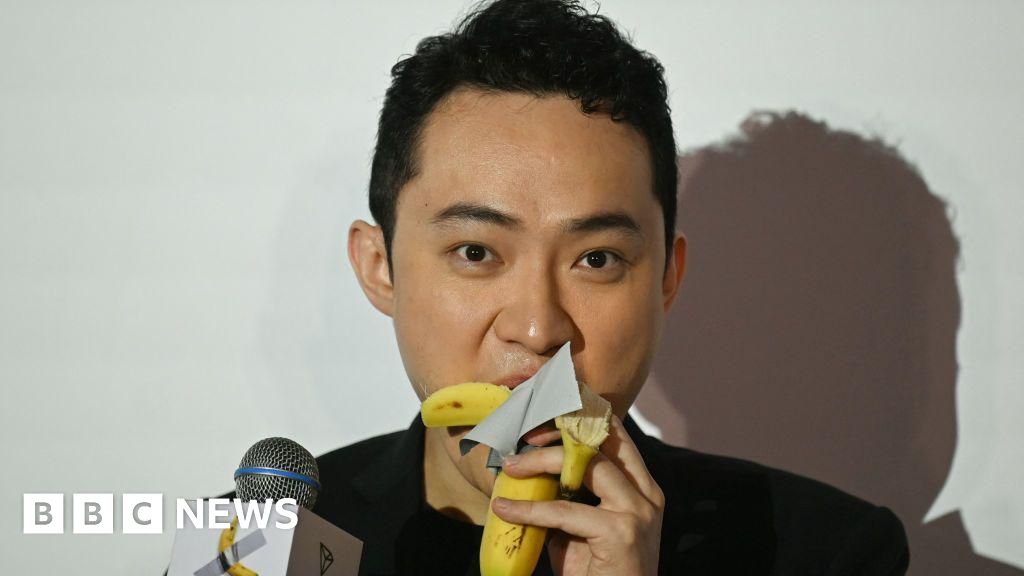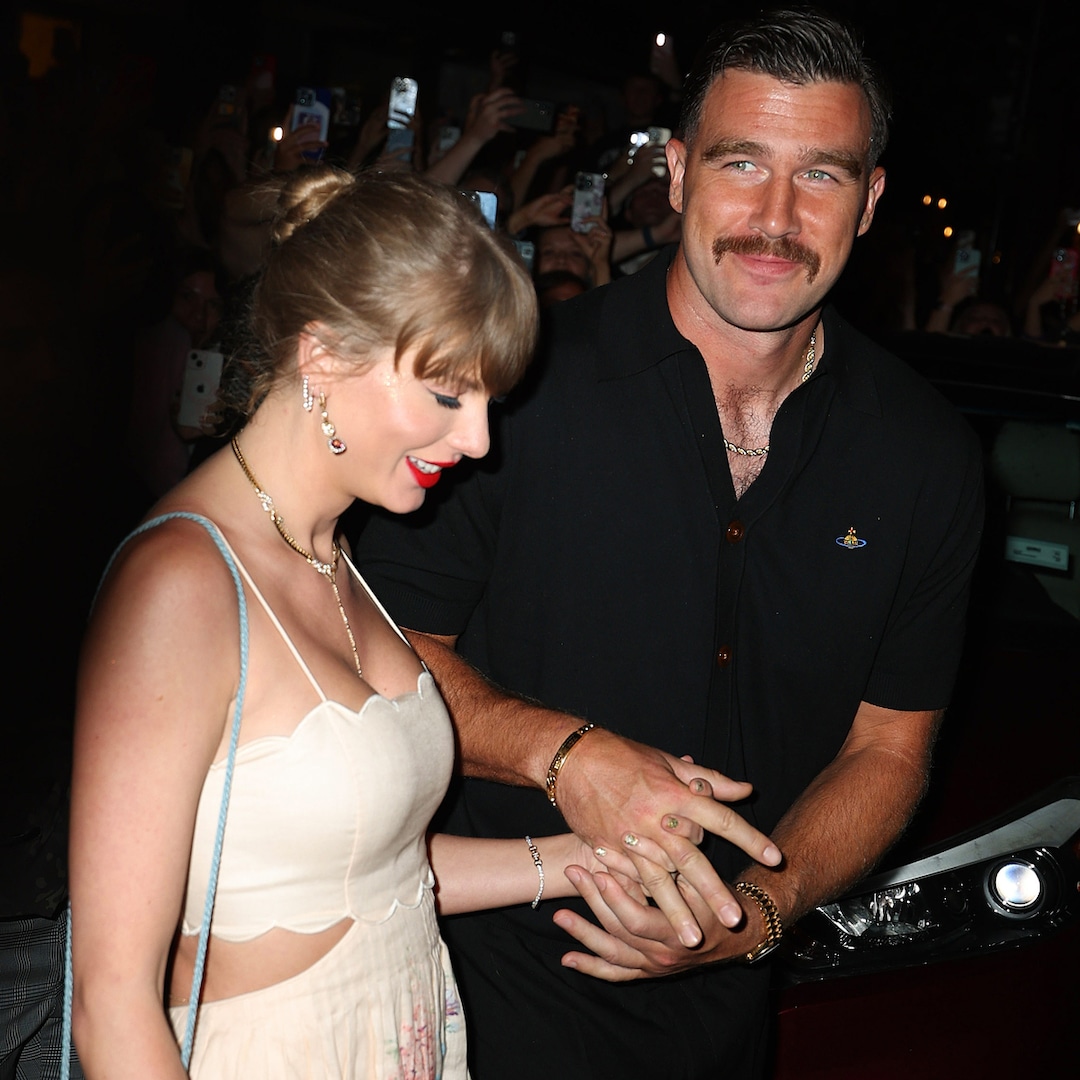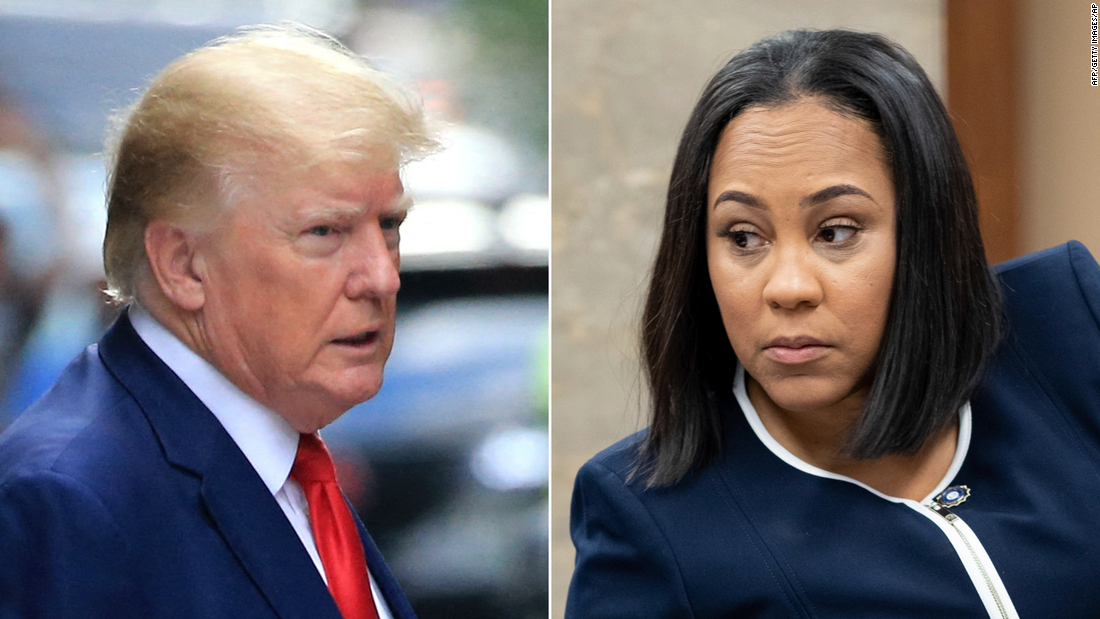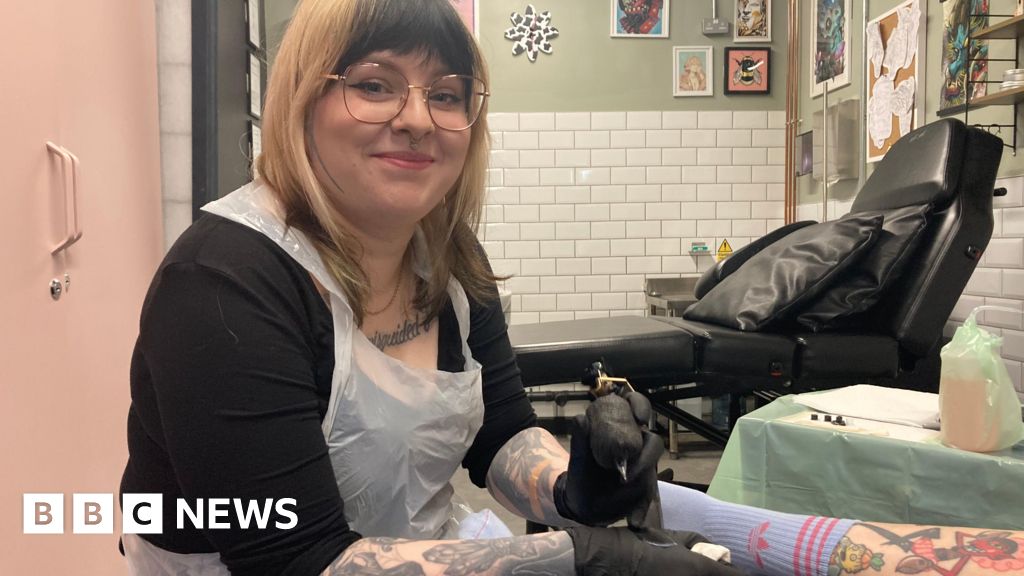The best instant cameras for 2024
Instant cameras have become a popular category for one simple reason: they’re fun. You can whip one out at a party or event and take a snap, then a couple of minutes later you have a real, physical, instant photo that everyone can touch, feel and enjoy instead of staring at a screen. It’s also a lot cooler than a smartphone shot thanks to the retro, nostalgic vibes of analog photography.Given the large number of camera brands on the market, choosing one can be tricky. That’s why we’ve put together this buying guide that will help you choose the best instant camera for you based on factors like price, instant film size, photo quality and more. What to consider before buying an instant camera The main factor for most people is the size of the film in the film pack. Fujifilm’s Fuji Instax alone offers three formats: Mini, Square and Wide, with film sizes of 3.4 x 2.1 inches, 3.4 x 2.8 inches and 3.4 x 4.3 inches. The corresponding image sizes are 2.44 x 1.81 inches, 2.44 x 2.44 inches and 2.44 x 3.9 inches. Leica’s Sofort 2 and Lomography models also uses Fujifilm’s Mini format, while Polaroid’s smaller Go format is 2.64 x 2.13 inches (1.81 x 1.83-inch image) and its i-Type size is 3.46 x 4.21 inches, with a square image size of 3.11 x 3.11 inches. When most people think of retro polaroid cameras, they think of a square image size. That’s why Instagram, which used to have a Polaroid-like app icon, only supported square images for years. If that’s what you want, then the Fuji Instax Square or either of Polaroid’s formats are best. However, if you want as large an image as possible, Fujifilm’s Instax wide is the way to go. As for prices, Fujifilm’s Instax films are generally around $1 per shot for square or wide color film and $.60 - $.75 for mini color film. Those prices go up a bit if you choose custom models with colorful or patterned borders, and down if you buy in bulk. i-Type Polaroid film is a bit more at about $1.50 per shot or $1.00 per shot for Go color film. Image quality isn’t really the point with instant cameras of course, as they’re always going to be fuzzy compared to high-quality digital photos. However, some models (notably Fujifilm and Polaroid models) are a bit better than others. Also, most instant cameras don’t feature an SD card slot, and therefore don’t require a microSD card (or similar), especially since photos are able to be printed instantly. And in terms of pricing, cameras with larger instant film are generally more expensive. It also increases if you add hybrid features like USB-C connectivity, rechargeable batteries, smartphone sharing, the ability to print out photos and more, along with niceties like a selfie mirror or viewfinder. The best, most feature-laden cameras can cost upwards of $200 and basic versions can be well under $100. Best instant cameras for 2024 This article originally appeared on Engadget at https://www.engadget.com/cameras/best-instant-camera-120034778.html?src=rss

Instant cameras have become a popular category for one simple reason: they’re fun. You can whip one out at a party or event and take a snap, then a couple of minutes later you have a real, physical, instant photo that everyone can touch, feel and enjoy instead of staring at a screen. It’s also a lot cooler than a smartphone shot thanks to the retro, nostalgic vibes of analog photography.
Given the large number of camera brands on the market, choosing one can be tricky. That’s why we’ve put together this buying guide that will help you choose the best instant camera for you based on factors like price, instant film size, photo quality and more.
What to consider before buying an instant camera
The main factor for most people is the size of the film in the film pack. Fujifilm’s Fuji Instax alone offers three formats: Mini, Square and Wide, with film sizes of 3.4 x 2.1 inches, 3.4 x 2.8 inches and 3.4 x 4.3 inches. The corresponding image sizes are 2.44 x 1.81 inches, 2.44 x 2.44 inches and 2.44 x 3.9 inches.
Leica’s Sofort 2 and Lomography models also uses Fujifilm’s Mini format, while Polaroid’s smaller Go format is 2.64 x 2.13 inches (1.81 x 1.83-inch image) and its i-Type size is 3.46 x 4.21 inches, with a square image size of 3.11 x 3.11 inches.
When most people think of retro polaroid cameras, they think of a square image size. That’s why Instagram, which used to have a Polaroid-like app icon, only supported square images for years. If that’s what you want, then the Fuji Instax Square or either of Polaroid’s formats are best. However, if you want as large an image as possible, Fujifilm’s Instax wide is the way to go.
As for prices, Fujifilm’s Instax films are generally around $1 per shot for square or wide color film and $.60 - $.75 for mini color film. Those prices go up a bit if you choose custom models with colorful or patterned borders, and down if you buy in bulk. i-Type Polaroid film is a bit more at about $1.50 per shot or $1.00 per shot for Go color film.
Image quality isn’t really the point with instant cameras of course, as they’re always going to be fuzzy compared to high-quality digital photos. However, some models (notably Fujifilm and Polaroid models) are a bit better than others.
Also, most instant cameras don’t feature an SD card slot, and therefore don’t require a microSD card (or similar), especially since photos are able to be printed instantly.
And in terms of pricing, cameras with larger instant film are generally more expensive. It also increases if you add hybrid features like USB-C connectivity, rechargeable batteries, smartphone sharing, the ability to print out photos and more, along with niceties like a selfie mirror or viewfinder. The best, most feature-laden cameras can cost upwards of $200 and basic versions can be well under $100.
Best instant cameras for 2024
This article originally appeared on Engadget at https://www.engadget.com/cameras/best-instant-camera-120034778.html?src=rss
What's Your Reaction?







